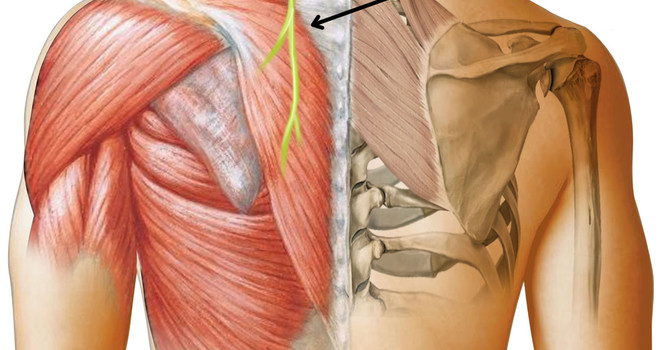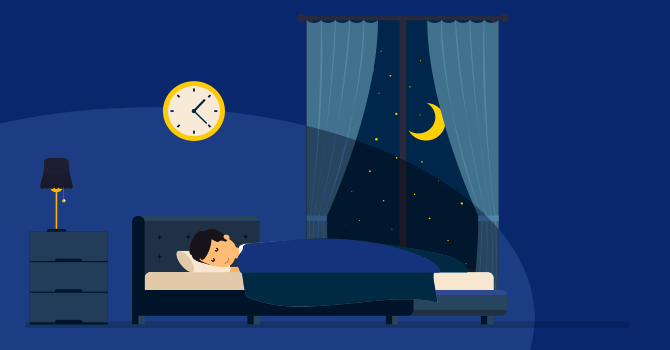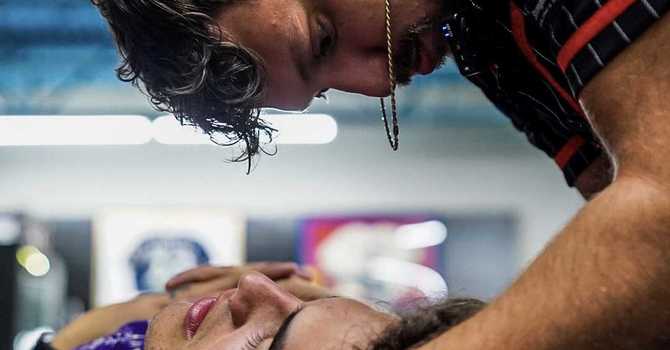Neck Pain Can Affect Your Work, Workouts, Sports, and Daily Activities
Don’t let troublesome neck pain affect your daily life.
Neck Pain Diagnosis and Treatments
Neck pain and injuries are frequent in our society.
Determining the root cause and appropriate management of neck pain helps prevent re-injury and allows you to live a life without neck aches and pains.
Some of the most common neck injuries and conditions we see:
- Neck Sprain/Strain
- Neck Disc Injury
- Neck Muscle Spasm
- Cervical Facet Syndrome
- Cervical Radiculopathy
- TMJ Dysfunction
Neck Sprain/Strain
Cervical Sprain/Strains affect the neck due to soft tissue damage to either the ligaments (sprain) or muscles (strain). This commonly occurs to due excessive, repetitive stress or intense, acute load of the muscles/ligaments.
Common Causes of Neck Sprain/Strain:
- Car accidents
- Whiplash
- Combat and Contact Sport Injuries
- Falls
Although strengthening of the cervical musculature through specific and generalized exercise helps prevent the occurrence of this injury, most seek our care after that injury has already occurred and are experiencing neck pain.
Chiropractic care for cervical sprain/strains includes cervical manipulation, muscular release through IASTM and/or Cupping, pain-free exercise, biomechanical taping, and electrical stimulation. Proper education on prevention and recurrence of cervical sprain/strains is important for allowing you to build a strong and resilient neck and keeping you pain-free.
Neck Disc Pain
Cervical Discogenic Pain is a condition defined as injury that results from irritation or damage to the fibers of the intervertebral discs between vertebrae.
Between each vertebrae of the spine, there are intervertebral discs that act as shock absorbers. Our discs help dissipate forces and facilities movement throughout the spine. They are composed of a tough outer layer called the annulus fibrosus and a gel-like, inner nucleus pulposus. Cervical disc pain is commonly due to chemical irritation or structural damage to the innervated outer third of the annulus fibrosus. This would be your common explanation for “herniated disc”, “slipped disc”, “disc bulge”, etc.
Symptoms of Neck Discogenic Pain Include
- Sharp, shooting pain
- Tingling, numbness, or weakness anywhere from the shoulder blade down to the hand and fingers
- Pain with coughing, laughing, sneezing, or intense strain
Neck Disc Pain Treatment
Although there are a multitude of causes for possible neck discogenic pain, most cases respond very favorably to conservative chiropractic management and physical rehabilitation.
Depending on the clinical presentation and severity of the cervical discogenic pain, treatment may vary.
Treatment does commonly include cervical chiropractic adjustment, soft tissue therapy, activity and physical load management, stress reduction, and exercises to restore range of motion and help stabilize the cervical spine.
For those that do not respond well to a trial of conservative management, referrals for imaging (MRI), orthopedic and/or neurologic consultation may be necessary.






.jpg)

